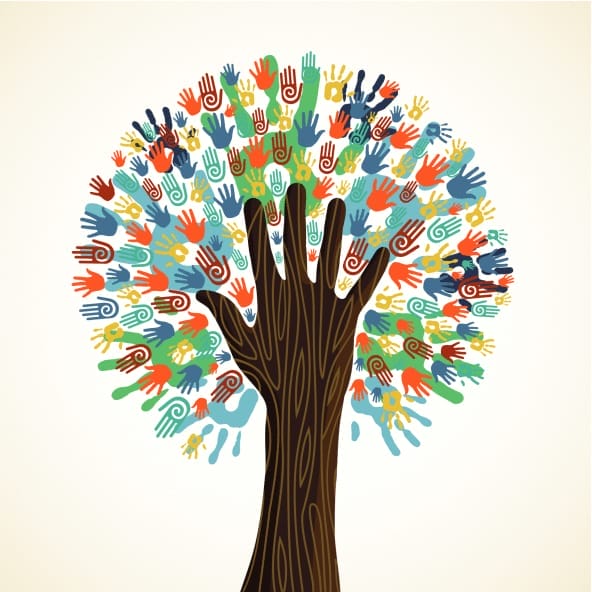You might not think of Deutsche Bank or Morgan Stanley when you hear the phrase “social impact.” You also might not, at first, think of the Wharton School. But ignoring the role of private banks and leading business schools would severely restrict your definition. It’s not just for nonprofits anymore.
“Impact isn’t just one thing. … I think it’s a practice across asset classes. You can apply the principles of impact to whatever you’re doing,” Mark Newberg, managing director of 5 Stone Green Capital, suggested at the Wharton Social Impact Conference on November 16.
As the definition of “social impact” broadens, a number of avenues for impact investing have opened up, often to the benefit of investors.
“You will make better investment decisions if you look at all of the costs and benefits that are out there. … You will have a stronger impact and, in the long run, probably better financial returns,” argued Betsy Zeidman, senior fellow at the Milken Institute.
Patience Marine-Bell, principal investment officer of the International Finance Corporation’s Global Financial Markets Group—an arm of the World Bank—agreed that, for her organization, it’s important to look at the “triple bottom line.”
“We don’t just look at the financial returns. … We’re a bit like Goldman Sachs because we want our money back … but we’re a bit like foundations [too],” she said.

The panel at the Wharton Social Impact Conference discusses the definition of “social impact.” Photo credit: Yulia Alekseeva.
One product that the IFC has invested in is AllLife. According to Lauren Cochran, WG’09, vice president of Imprint Capital Advisors, AllLife specializes in providing insurance to HIV-positive individuals in South Africa. In addition to helping ensure that these individuals are better managing their disease, AllLife does something even more important.
“In South Africa, you need life insurance to get a loan. … You have no access to capital … unless you get life insurance,” Cochrane explained.
By increasing access to capital in South Africa, AllLife makes a larger impact than a nonprofit organization might with subsidized medical care.
Investments can create change. They can reinvigorate growth in countries facing difficult challenges—including Haiti after the 2010 earthquake and South Sudan following its independence in 2011.
“It’s our duty [to have a financial return], not just to our investors but to the country. People see these countries as uninvestable, and in order to change the perspective of the country and bring in more investment, you really do need to have a good financial return,” said Reshma Alva, associate partner and head of sustainable investing at Leopard Capital.
But the increased focus on investment rather than grants should not remove the quintessential social impact players from the impact conversation. While finding investors for high-risk, high-reward investments, philanthropy plays a key role, often providing money for first loss.
Doug Balfour, chief executive officer of Geneva Global, argues that there’s room for growth across the spectrum of social impact.
“The gray area that exists between full granting international philanthropy and full … international business is one of massive opportunity, and there is a lot of energy out there.”
The Wharton Social Impact Conference is a student-run event overseen by the Social Impact Initiative.


























